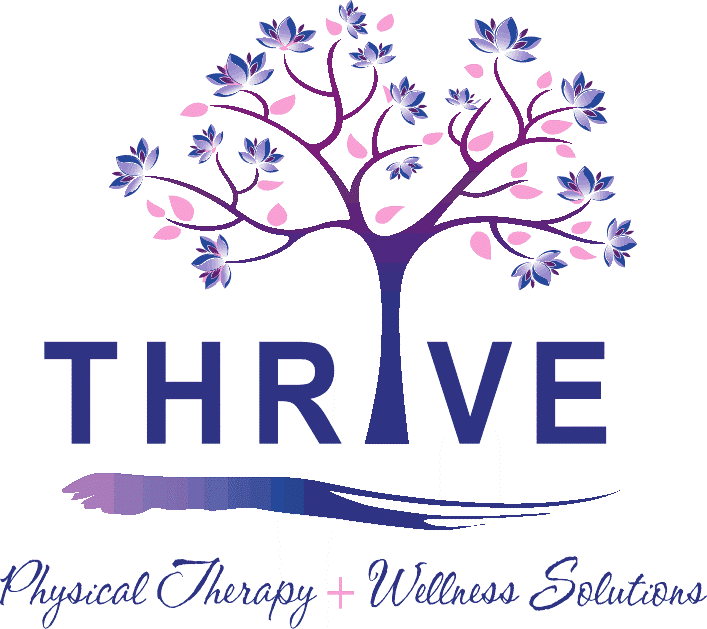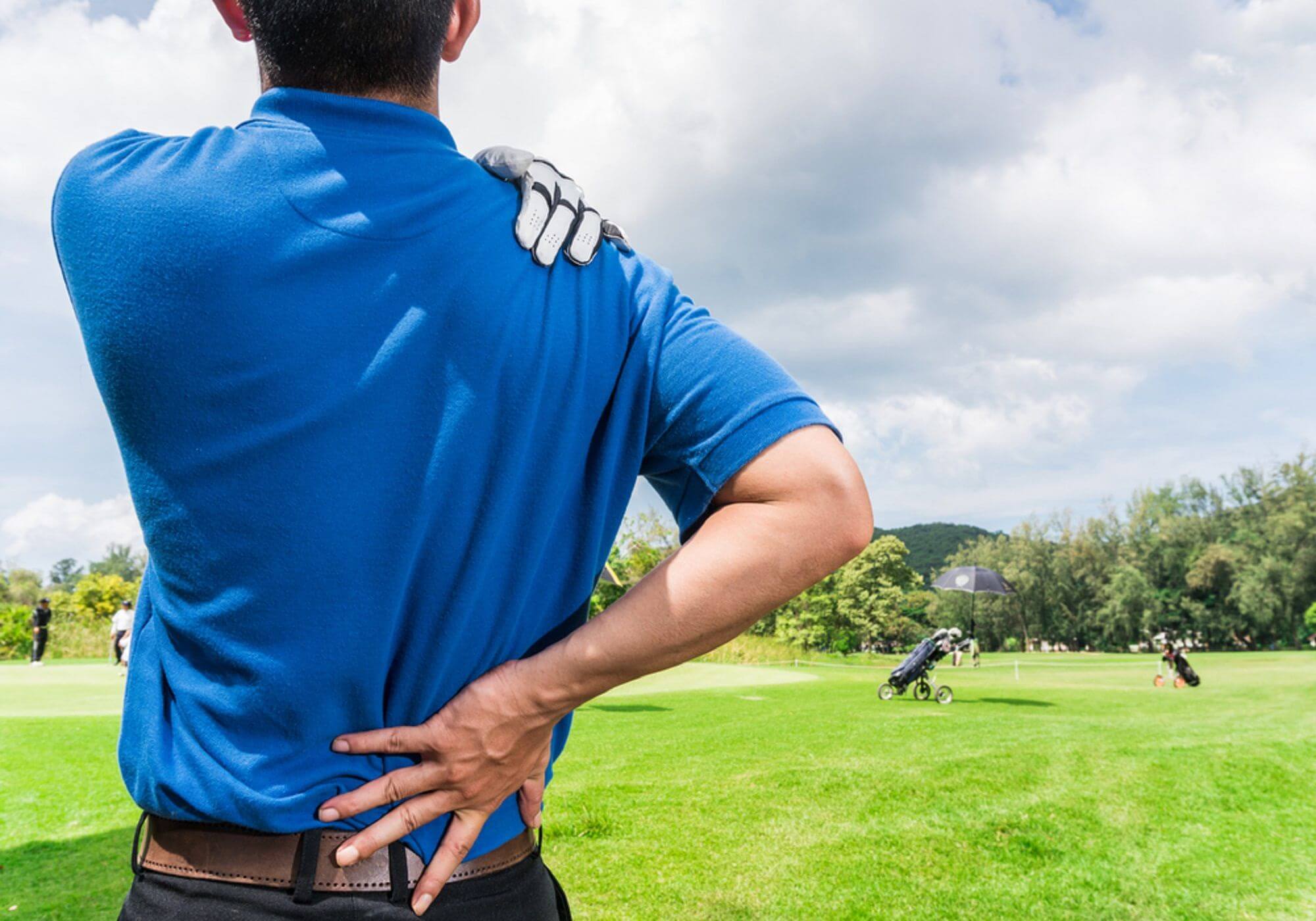Golf is often seen as a gentle, low-impact sport—but if you’ve ever walked off the 18th hole with a sore back or aching elbow, you know the truth. Despite its reputation, golf places repetitive stress on your body, and over time, this can lead to pain, stiffness, or even injury. The good news? With the right approach, most common golf injuries are preventable.
At THRIVE Physical Therapy, we help golfers improve mobility, reduce discomfort, and get back to the game they love. In this blog, we’ll break down four of the most common golf injuries, what causes them, and how you can prevent them from disrupting your swing.
Why Golf Injuries Happen
While golf may not involve sprinting, jumping, or contact, it requires a complex blend of strength, flexibility, and control. Each swing demands coordination across your entire body—from your ankles to your shoulders. And because golf involves repetitive movements, especially when done with poor posture or mechanics, small strains can gradually lead to big problems.
Let’s explore the top four common golf injuries and how to prevent them effectively.
1. Golfer’s Elbow (Medial Epicondylitis)
What it is: Golfer’s elbow is an overuse injury that causes pain and inflammation on the inside of the elbow, where the tendons of your forearm muscles attach to the bone. Despite its name, this condition can affect anyone—but it’s especially common in golfers due to the gripping and wrist flexion required during swings.
Symptoms:
- Pain on the inner side of the elbow
- Weak grip strength
- Discomfort when swinging or lifting
How to prevent it:
- Strengthen your forearm and wrist muscles with resistance bands or light weights
- Use proper grip technique and avoid gripping the club too tightly
- Warm up your wrists and elbows before each round with stretches and dynamic movements
2. Knee Pain
What it is: Golf requires rotation through your hips and torso, and that movement can place stress on your knees—especially during your backswing and follow-through. Poor balance, muscle imbalances, or previous injuries can increase this strain.
Symptoms:
- Aching or sharp pain in one or both knees
- Instability when walking or swinging
- Swelling or stiffness after playing
How to prevent it:
- Strengthen your quads, glutes, and calves to better support the knee joint
- Improve balance and coordination to reduce stress during your swing
- Use proper footwear with adequate support and traction
3. Lower Back Pain
What it is: Lower back pain is arguably the most common golf injury, especially in amateur players. Repeated spinal rotation, bending over your ball, and poor posture can all contribute to muscle strain, joint irritation, or even disc issues.
Symptoms:
- Dull aches or sharp pain in the lower back
- Stiffness after a round of golf
- Pain that worsens during or after a swing
How to prevent it:
- Stretch your hips, hamstrings, and spine regularly to improve mobility
- Strengthen your core muscles to stabilize the spine during rotation
- Work on swing mechanics to avoid over-twisting or jerking motions
Pro tip: Try a Cat-Cow stretch and some gentle trunk rotations before and after your game to help prevent lower back pain.
4. Shoulder Strain
What it is: Your shoulders are heavily involved in every part of your swing, from setup to follow-through. Over time, this motion can lead to rotator cuff irritation, tendinitis, or even impingement.
Symptoms:
- Pain when lifting your arm or reaching overhead
- Weakness in the shoulder or upper arm
- Clicking or popping with movement
How to prevent it:
- Strengthen the rotator cuff and upper back muscles with light resistance exercises
- Avoid overuse by taking breaks between practice sessions
- Warm up properly with arm circles, band pull-aparts, and dynamic stretches
Tips to Prevent Golf Injuries Overall
While each injury has its own causes and prevention strategies, there are some general guidelines every golfer can follow to stay healthy and strong:
- Warm up before every round. This includes dynamic stretches and a few minutes of light movement to get your muscles ready.
- Invest in your swing mechanics. Poor form can put unnecessary stress on joints and muscles.
- Train off the course. Incorporate flexibility and strength training into your weekly routine.
- Listen to your body. Pain is your body’s way of telling you something is off. Don’t ignore it.
By understanding the most common golf injuries and taking proactive steps to prevent them, you can enjoy more time on the course and less time recovering.
Need Help Preventing Golf Injuries?
At THRIVE Physical Therapy, we specialize in helping golfers stay pain-free, improve performance, and return to the game they love. Whether you’re recovering from an injury or looking to prevent one, we offer personalized movement assessments and injury prevention plans tailored to your body and your swing.
📅 Book your FREE Discovery Visit today! During this one-on-one consultation, we’ll assess your mobility, identify problem areas, and give you a clear plan to feel better and play stronger.
📞 Call 239-431-7396 or schedule online here: Free Discovery Visit – THRIVE Physical Therapy + Wellness, Dr. Mary Kaye Rueth
Let’s work together to keep you swinging confidently and comfortably for seasons to come.

